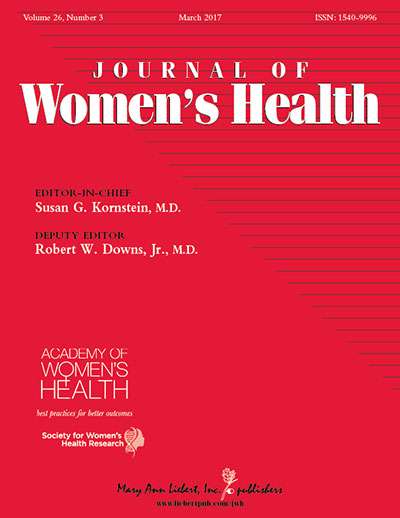Credit: Mary Ann Liebert, Inc., publishers
Researchers examined the sexual behaviors of a nationally representative group of U.S. women that can prevent against or increase risk for HIV infection and reported the differences in behaviors such as condom use and concurrent sex partners and the changes in these behaviors over 7 years for white, black, and Latina women ages 18-44 in a study published in Journal of Women's Health.
Tiffiany Aholou, PhD, MSW and colleagues from Centers for Disease Control and Prevention and ICF International, Atlanta, GA coauthored the article entitled "Sexual Risk and Protective Behaviors Among Reproductive-Aged Women in the United States." The study of more than 13,500 women focused on three sexual risk behaviors for HIV: concurrent sex partnerships, nonmonogamous sex partners, and inconsistent condom use for either vaginal or anal sex. The researchers reported the prevalence of each risk behavior and identified specific differences in HIV-related sexual risk behaviors depending on race/ethnicity and other sociodemographic variables such as married/single and bisexuality.
"Understanding that sexual risk and protective behaviors vary with race/ethnicity can help guide improved interventions aimed at decreasing the disparity in HIV infection among black and Latina women," says Susan G. Kornstein, MD, Editor-in-Chief of Journal of Women's Health, Executive Director of the Virginia Commonwealth University Institute for Women's Health, Richmond, VA, and President of the Academy of Women's Health.
More information: Tiffiany M. Aholou et al, Sexual Risk and Protective Behaviors Among Reproductive-Aged Women in the United States, Journal of Women's Health (2017). DOI: 10.1089/jwh.2016.6224
Journal information: Journal of Women's Health
Provided by Mary Ann Liebert, Inc























